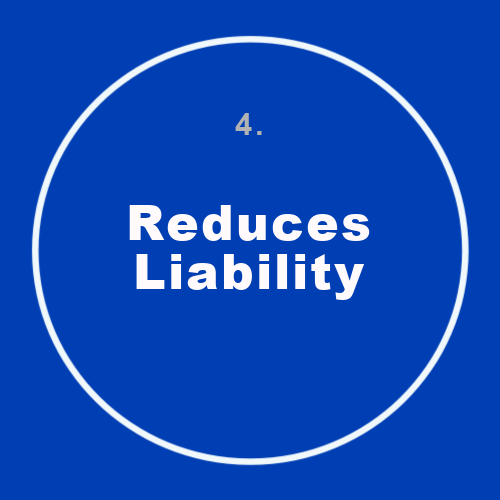3: Preventative Maintenance
Avoiding Big Repair Bills at Your Camp or Retreat Center
written by UCCR Staff
(We’ll cover seasonal staffing challenges and solutions in our next monthly post. To find blogs 1 and 2 of this 8-part series, click here.)
The Dreaded Call
Every director dreads it: the phone call that a water heater has burst, a septic system has failed, or a roof is leaking just as a large guest group is arriving.
Not only do these emergencies cause disruption, but they also frustrate guests, and they drain budgets that are already stretched thin.
The good news?
Most of these costly surprises can be avoided. Most of these costly surprises can be avoided. The secret is a strong, preventative, and disciplined maintenance program to care for your facilities before problems arise.
Why Preventive Maintenance Matters
Preventive maintenance is one of the highest-return-on-investments (ROI), your nonprofit camp or retreat center can make.
Here’s why:
SAVES MONEY IN THE LONG RUN
Replacing a roof on schedule is far less expensive than replacing it after leaks have damaged the structure beneath.
EXTENDS THE LIFE OF ASSETS
HVAC units, plumbing, kitchen appliances, and even mattresses all last longer when properly cared for.
PROTECTS YOUR GUEST EXPERIENCE
Nothing disrupts a retreat like toilets that won’t flush or showers that run cold. Preventative work keeps your facility reliable and comfortable.
REDUCES LIABILITY
A broken step or a malfunctioning smoke detector isn’t just inconvenient; it’s a safety risk.
Regular inspections reduce your exposure to accidents.
What to Include in a Preventative Maintenance Program
A well-structured program typically includes: click the + icon to learn more.
-
Walk the property at least four times a year. Look for leaks, cracks, wear and tear, and anything that seems “off.”
Take note of anything that needs attention.
-
Keep a log of major systems (water heaters, septic pumps, roofs) and their expected lifespans.
Plan for replacements before they fail.
-
Change HVAC filters quarterly
Flush water heaters annually
Pump septic systems regularly
Service fire suppression systems yearly
-
Keep detailed records of inspections and repairs. This not only helps you track trends, but it also builds trust with your board and donors by showing you are a good steward of resources.
An Example of Prevention in Action
One of the camps we manage had historically replaced kitchen appliances only after they broke down. The result? Each replacement was a crisis with staff scrambling to find repair people, rentals, or workarounds.
When we introduced a preventive maintenance schedule, we identified which appliances were nearing the end of their useful life and budgeted for phased replacements over 2 years. The transition was smooth, the budget was manageable, and there were no service interruptions for guests.
How to Get Started with Preventative Maintenance
CREATE AN ASSET INVENTORY
List every major system and piece of equipment, including purchase dates and expected lifespans.
DEVELOP A MAINTENANCE CALENDAR
Spread out inspections and replacements so you’re not overwhelmed in a single season.
ASSIGN RESPONSIBILITY
Whether it’s a facilities director, operations manager, or volunteer committee, make sure someone “owns” each part of the program.
BUDGET PROACTIVELY
Use your maintenance plan to inform your annual budget. Build reserves for upcoming replacements rather than waiting for emergencies.
The Takeaway
Preventative maintenance isn’t glamorous, but it’s one of the smartest investments your nonprofit camp or retreat center can make. It saves money, extends the life of your facilities, and ensures your guests have the seamless experience they expect.
Need help building a preventative maintenance program that works?
UCCR has decades of experience keeping nonprofit camp and retreat centers running smoothly. We can help you design and implement a plan that avoids surprises and keeps your facility mission-ready year-round.
Once your facilities are in good shape, the next step is to address Seasonal Staffing Challenges and Solutions. You can read that next month as part 4 of our 8-part blog series.









